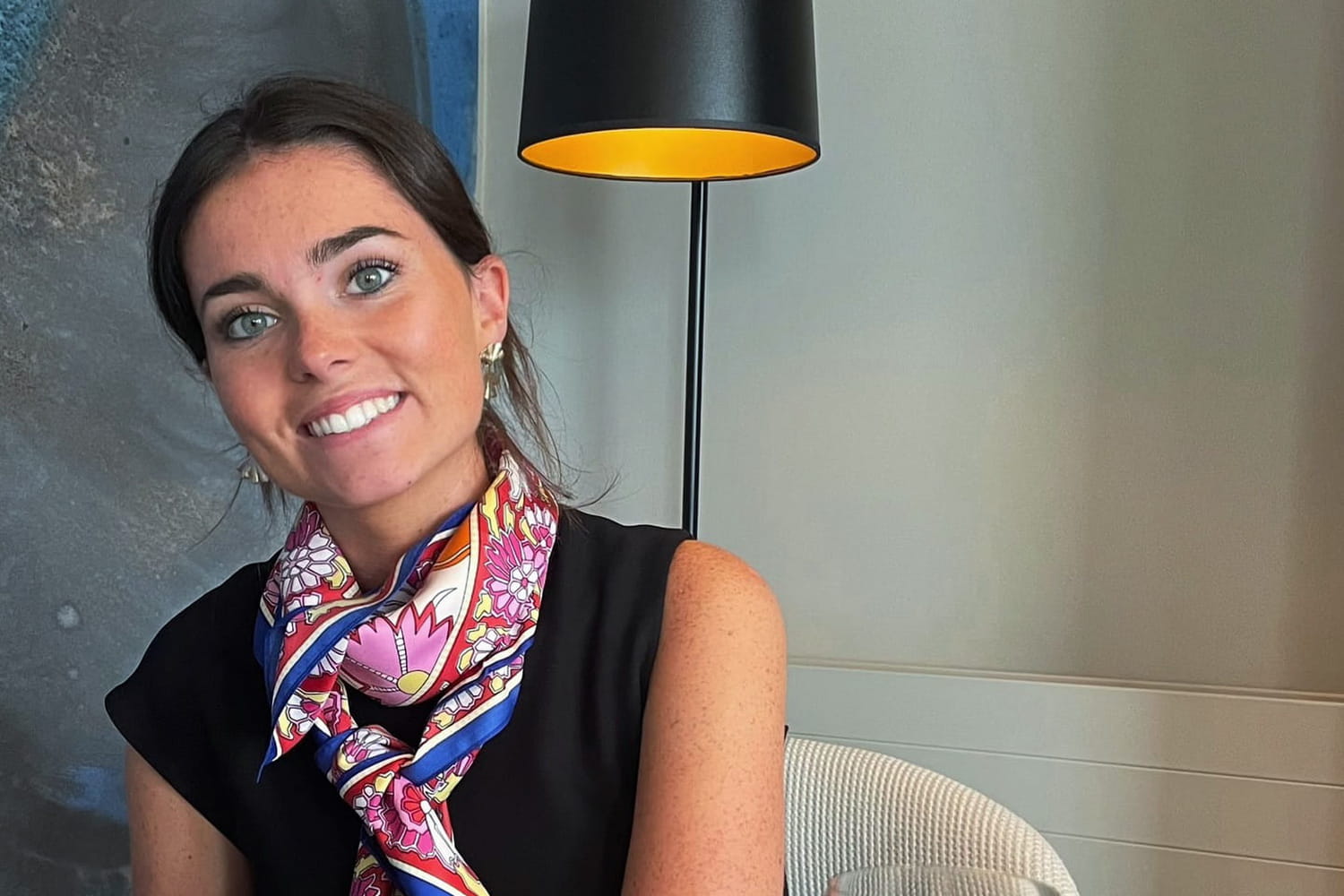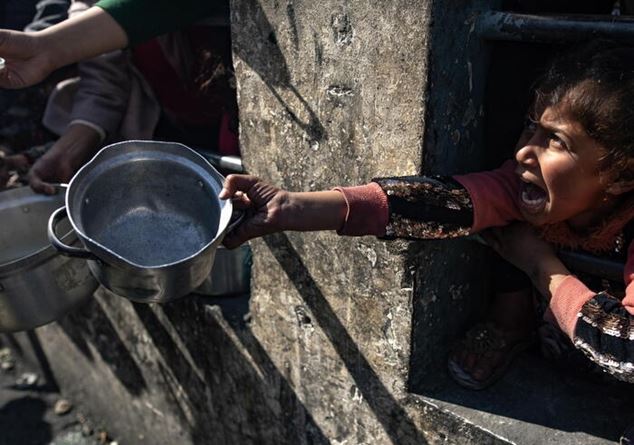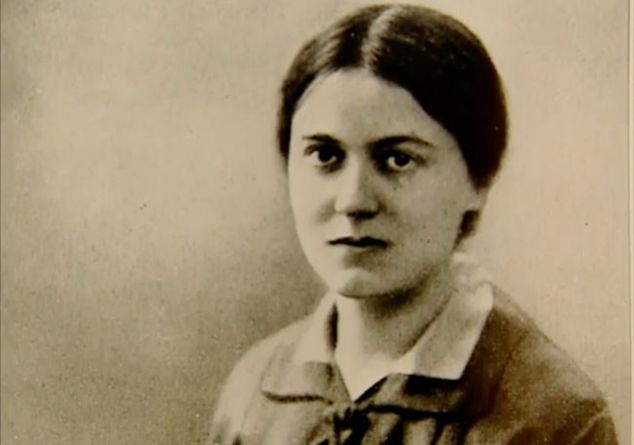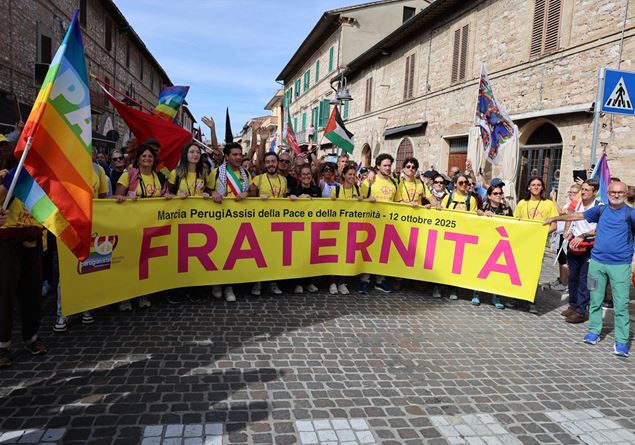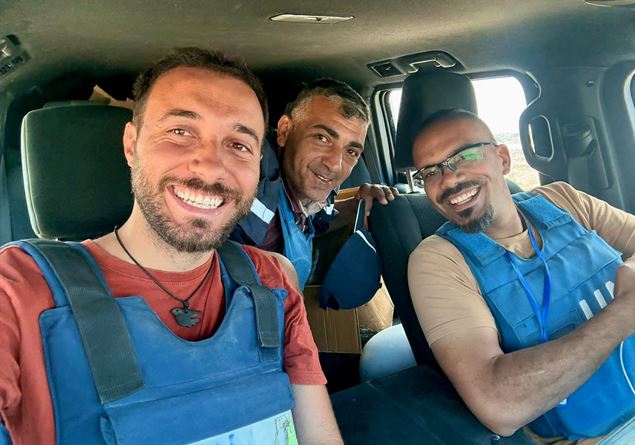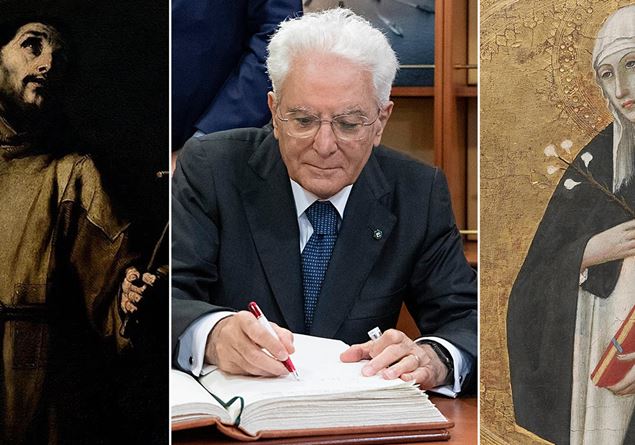Edith Stein was born in Breslavia, the capital of the Prussian Silesia, on October 12, 1891, to a Jewish family of German stock. Raised in the values of the Israelite religion, at 14 he abandoned the faith of the Fathers becoming atheist. He studies philosophy in Gottinga, becoming a disciple of Edmund Husserl, The founder of the phenomenological school. He has fame of brilliant philosopher.
In 1921 he converted to Catholicism, receiving baptism in 1922.
He teaches for eight years in Speyer (from 1923 to 1931). In 1932 he was called to teach the Pedagogical Institute of Münster, Westphalia, but his activity was suspended after about a year due to racial laws. In 1933, supporting a long -caressing desire, he entered the Carmel of Cologne as a postulant and assumed the religious name of Sister Teresa Benedetta della Croce.
On August 2, 1942 he was taken by the Gestapo and deported to the Auschwitz-Birkenau extermination field where he died in the gas chamber on 9 August. In 1987 he was proclaimed blessed, he was canonized by John Paul II on 11 October 1998.
In 1999 he was declared, together with Santa Brigida of Sweden and Santa Caterina da Siena, a compatron of Europe.
Edit Stein in a young photo
A (symbolic) punch of ash remains of her
A handful of ash and dark earth passed from the fire of the crematori auschwitz: This is what today remains of S. Teresa Benedetta della Croce, per century Edith Stein; But in a symbolic way, because nothing is actually nothing more.
A memory of all those innocent endless, and there were millions, in the Nazi concentration camps. This small fist of dust is located under the floor of the parish church of San Michele, north of Breslavia, today Wroclaw, a few steps from that gray anonymous building, in Urica (via) San Michele 38, which was the home of the Stein family for many years.
The places of the tormented youth of Edith, of his pain and his detachment. On the clear wall of the church, rebuilt after the war and entrusted to the Salesians, there is an arch where its name is engraved. In the chapel, at the beginning of the left nave, two blocks of white marble are raised: one has the shape of a large open book, to symbolize its philosophy studies; The other reproduces a large number of sheets that are poured over each other, to remember his writings, his theological production.
From ATEA to MONACA Carmelite and Martyr
After the end of the Second World War, his affair has gradually jumped to the attention of the international community, revealing his great stature, not only philosophical but also religious, and his original path of holiness: He had been a philosopher of the phenomenological school of Husserl, a feminist ante litteram, theologian and mystical, author of works of profound spirituality, Jewish and agnostic, nun and martyr; “A personality – John Paul II said of her – that brings a dramatic synthesis of our century into her intense life”.
Marian spirituality
There is actually a “Marian thread” that unfolds in all the human and spiritual experience of this Carmelite martyr. Starting with a precise date, 1917. In Italy it is the year of the defeat of Caporetto, in Russia of the Bolshevik revolution. For Edith 1917 is instead the key year of its conversion process. The year of the slow step of God.
While she, Agnostic Jewish and intellectual in crisis, gropes in the dark, not yet resolving himself to “decide for God”, many kilometers from the University of Freiburg where he was assistant to the chair of Husserl, in the eternal city, the Polish Franciscan Massimiliano Kolbe With a handful of confreres he founded the militia of the Immaculate Conception, a spiritual movement that in his strong missionary impulse, under the banner of Mary, would have reached the whole world in the years to consecrate the most possible number of souls to the Immaculate. After all – and how to forget it? – That same 1917 is also the year of the apparitions of the Madonna to the shepherds of Fatima.
A Marian thread mysteriously intertwines the lives of individual human beings by spreading its secret plot on the world.
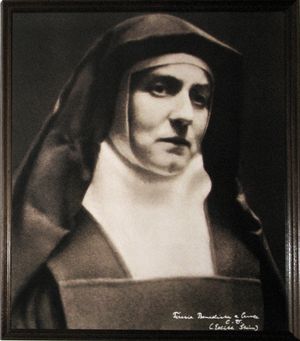
Edith Stein with the dress of Carmelite Scalze. He chose the name of Sister Teresa Benedetta della Croce
The (decisive) influence of Santa Teresa d’Avila
Decisive for the conversion of Stein to Catholicism was The life of Santa Teresa d’Avila read on a summer night. It was 1921, Edith was alone in the country house of some friends, the Conrad-Martius spouses, who had briefly absent leaving the keys to the library.
She was already late at night, but she couldn’t sleep. He says: “I randomly taken a book from the library; he brought the title” Vita di Santa Teresa narrated by herself “. I began to read and I could no longer leave him until I had finished. When I closed it, I told me: this is the truth”. He had looked for the truth for a long time and had found it in the mystery of the cross; He had discovered that the truth is not an idea, a concept, but a person, indeed the person par excellence. So the young Jewish philosopher, Husserl’s brilliant assistant, in January 1922 received baptism in the Catholic Church. Edith then, once converted to Catholicism, is attracted immediately by Carmelo, a contemplative order built in the twelfth century in Palestine, a true “garden” of Christian life (the word Karmel in fact means “garden”) all oriented towards specific devotion to Mary, as a sign of absolute obedience to God.
On April 21, 1938 Sister Teresa Benedetta della Croce issued the perpetual profession. Until 1938 the Jews could still expatriate, in America mostly or in Palestine, then instead – after the fire of all the synagogues in the German cities in the night between 9 and 10 November, which went down in history as “the night of the crystals” – invitations, permits were needed, all the papers in order; It was very difficult to leave.
In Germany, the hunt for Jew had already begun. The presence of Edith at Carmelo di Cologne represents a danger for the entire community: In the books of the notorious Hitlerian police, in fact, Sister Teresa Benedetta is recorded as “non Ariana”. His superiors then decide to make it expatriate in Holland, to Echt, where the Carmelite have a convent. Before giving Germany precipitously, on December 31, 1938, in the middle of the night, Sister Teresa asks to stop a few minutes in the “Maria della Pace” church, to kneel at the foot of the Virgin and ask for her maternal protection in the adventurous escape to the Carmel of Echt. “She – he said – can form those who belong to them”. “And who is under the protection of Mary – she concluded – is well kept.”
Deportation and death in the Nazi field of Auschwitz
The year 1942 marked the beginning of mass deportations to the east, implemented systematically to fulfill what had been defined as the Endlösung, or the “final solution” of the Jewish problem. Not even Holland is safer for Edith.
On the afternoon of August 2, two agents of the Gestapo knocked on the goal of the Carmel of Echt to pick up Sister Stein together with her sister Rosa. Destination: the sorting field of Westerbork, in the north of Holland. From here, on August 7, he was transferred with other prisoners to the arrival camp of Auschwitz- Birkenau.
On August 9, with the other deportees, including his sister Rosa, he crossed the threshold of the gas chamber, sealing his life with martyrdom: he had not yet turned fifty years old.

